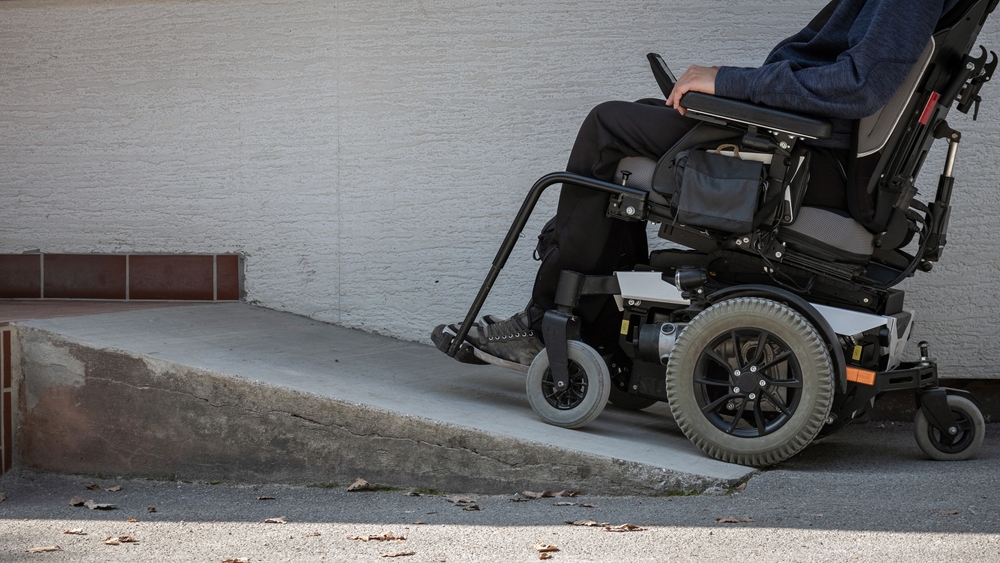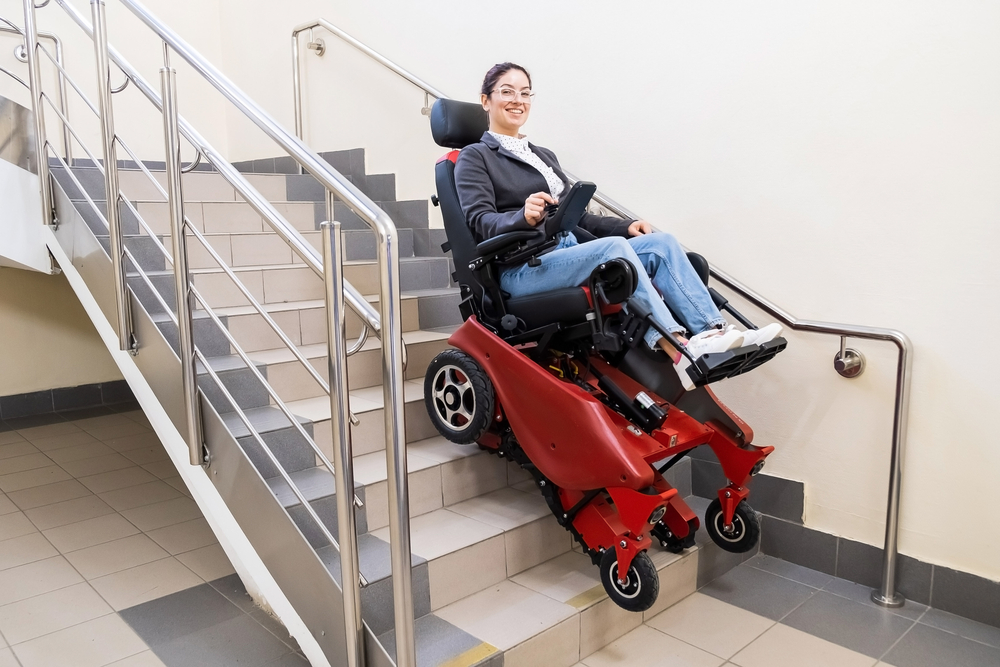
For those with limited mobility, power chairs have become indispensable aids, allowing them to regain independence, navigate their surroundings and explore the world with ease. Despite this, safety concerns need to be understood, just as they do with any other piece of equipment or vehicle – and power chairs can be seen as both. A power chair user has to safely negotiate a wide range of environments, from their home to a busy city center full of traffic. Fortunately, advancements in technology, especially in the realm of artificial intelligence (AI), are making strides in improving safety and flexibility for power chairs. We’ll look at some these developments in this blog.
The Situation
Before we do that, we must first understand the risks associated with power chairs – for both users and others. For instance, power chairs are used in various settings, such as crowded sidewalks, busy shopping centers, and even on roads. Limited visibility, unpredictable pedestrian behavior, and uneven terrain are just some of the factors that power chair users need to consider when they’re out and about, and each of these can contribute to accidents and collisions alike.
The Evolution of Safety Technology
AI and sensor systems are being widely adopted by manufacturers and researchers to address safety challenges. These innovations work to provide real-time feedback and aid users in navigating safely through their surroundings.
Collision Detection
Perhaps the most significant advancement in safety technology for power chairs is AI-powered collision detection systems. Dervived from technology pioneered in self-driving cars, these systems continuously analyze the chair’s surroundings. The data from a suite of sensors (e.g., cameras, sensors, LiDAR, and radar) is used to detect potential obstacles and hazards in real-time and either provide warnings to the user or control the path of the chair itself.
For instance, should a pedestrian suddenly step into the path of the chair, a collision detection system can alert the user and automatically apply the brakes to prevent a collision. A proactive approach to safety such as this reduces the risk of accidents caused by human error or unexpected obstacles.
Environmental Awareness

As well as processes by an AI, sensor technology can also be used to enhance the safety of power chairs in simpler ways that can be offered at lower cost. Sensors can provide comprehensive environmental awareness, meaning the chair and its user are capable of adapting to changing conditions and avoiding potential hazards.
For example, ultrasonic sensors can detect objects that are in close proximity to the chair,and sound tones or activate signal lights so the user can know what’s around and behind them. Similarly, the stability of the power chair can be enhanced via gyroscopes and accelerometers, preventing the likes of tipping or a loss of balance – a vital improvement in both safety and mobility as off-road power chairs become more and more popular.
Adaptive Speed Control
With the help of AI and sensor technology, power chairs can reap the benefits of adaptive speed control. Instead of completely relying on user input to adjust speed, adaptive speed control systems dynamically adapt the chair’s speed based on environmental factors and potential risks.
For instance, when approaching a sharp turn or crowded area, the adaptive speed control system can reduce speed automatically to minimize the risk of accidents. On the other hand, when the path ahead is clear, and obstacles are minimal, the system can increase speed to maintain efficiency and optimize travel time.
User-Centric Design
Although AI and sensor technology play a significant role in preventing accidents, prioritizing user experience and accessibility is essential. This is made possible via user-centric design principles that ensure that safety features are intuitive, easy to use, and seamlessly integrated into the overall functionality of the chair.
For example, audible alerts and visual indicators can provide users with clear feedback when potential hazards are detected, making for safer experiences for power chair users and the people around them.




